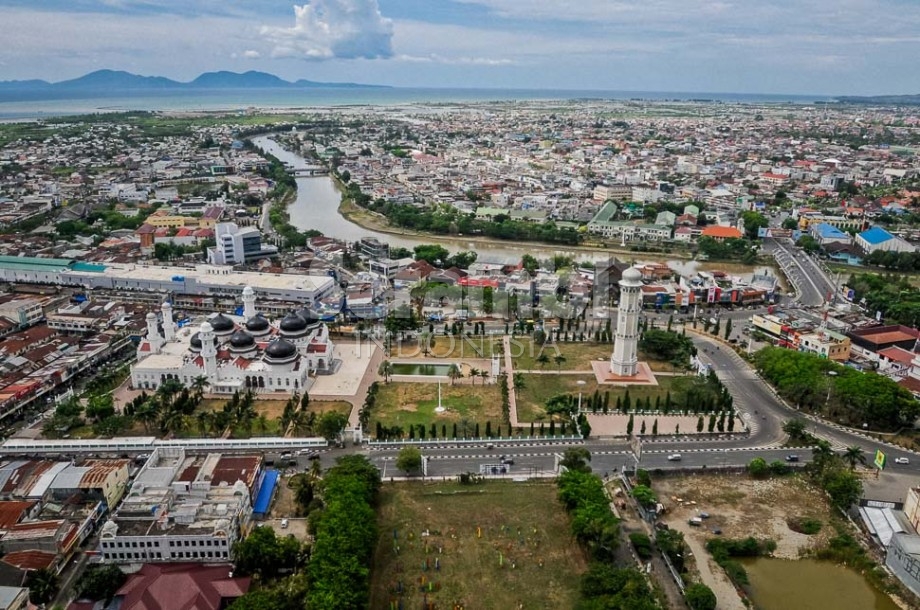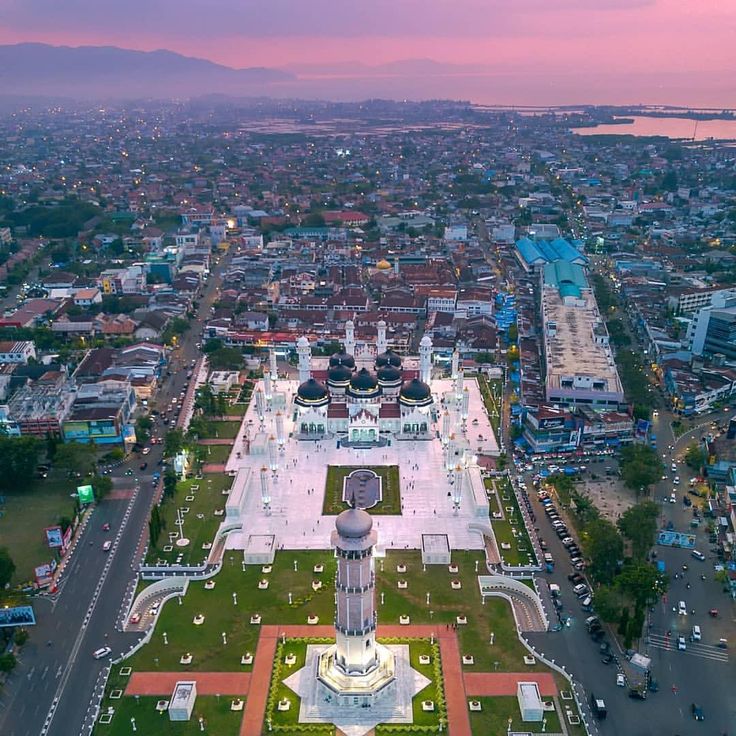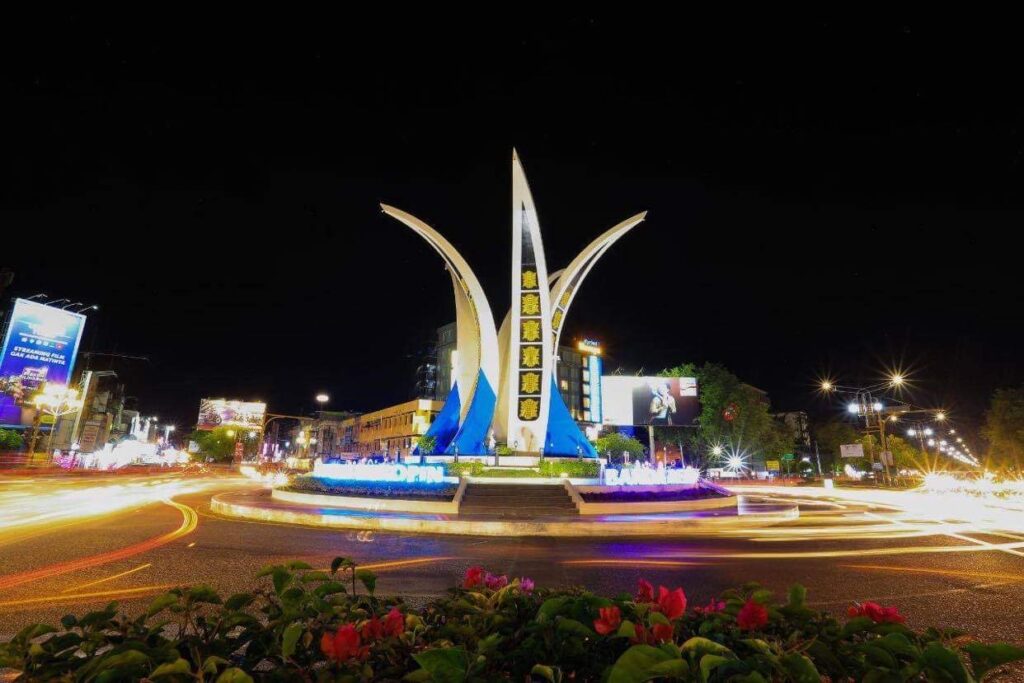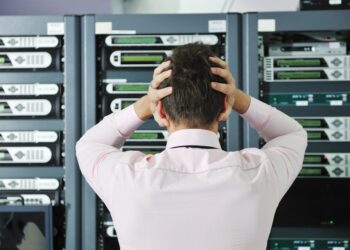Banda Aceh, the capital of Aceh province on the westernmost tip of Indonesia’s Sumatra island, is a city steeped in history, defined by faith, and renowned for its extraordinary resilience. Often dubbed the “Veranda of Mecca” (Serambi Mekkah) for its historical role as a transit point for pilgrims heading to the Hajj and its strong Islamic traditions, the city possesses a strategic location bordering the Malacca Strait and the Indian Ocean. Its past is marked by the golden era of the Aceh Sultanate and, more recently, a devastating tsunami in 2004 that forced a global-scale reconstruction effort. Today, Banda Aceh is firmly focused on its future, aiming for sustainable growth, economic diversification, and leveraging its unique cultural and natural assets.
The Post-Tsunami Legacy: Resilience and Rebuilding
The 2004 Indian Ocean Tsunami irrevocably changed Banda Aceh, resulting in immense loss of life and nearly total destruction of infrastructure. The subsequent rehabilitation and reconstruction period, coordinated by the Aceh-Nias Rehabilitation and Reconstruction Agency (BRR), is widely considered a successful model for post-disaster recovery, adopting the ambitious principle to “Build Back Better.”
This massive effort saw the construction of over 140,000 new homes, thousands of schools and health facilities, and crucial infrastructure like roads, seaports, and airports. The development of the 242km coastal highway from Banda Aceh to Meulaboh, for instance, was a visionary project designed to stimulate economic activity along the previously devastated coastline. This period instilled a deep sense of community strength and a commitment to disaster risk reduction.
However, the journey isn’t complete. While physical rebuilding was spectacular, long-term economic recovery and poverty reduction remain critical challenges. The future of Banda Aceh hinges on translating this physical reconstruction into sustained economic prosperity, focusing on livelihoods and capacity building beyond the initial aid-driven “reconstruction bubble.”
Economic Diversification: The Path to Sustainable Growth
Historically, the broader Aceh region’s economy relied heavily on oil and gas. For Banda Aceh specifically, the immediate aftermath of the tsunami saw a boom in the construction and service sectors. Looking forward, the city is actively pursuing diversification to create a more resilient and multi-faceted economy.
Key sectors being prioritized for future growth include:
A. Trade and Services:
Banda Aceh’s location makes it a natural hub for regional trade, especially with its proximity to the Malacca Strait. Investment in improving port facilities and logistics infrastructure is essential to capitalize on its geographical advantage as a gateway for international commerce in the western region of Indonesia.
B. Tourism (Halal, Historical, and Tsunami-Themed):
Tourism is arguably the most promising sector. Banda Aceh offers a unique blend of attractions that appeal to domestic and international visitors, particularly those from neighboring Muslim-majority countries like Malaysia. The city’s tourism strategy focuses on:
- Religious Tourism: Centered around the iconic Baiturrahman Grand Mosque and the city’s identity as the “Veranda of Mecca.”
- Historical and Cultural Tourism: Featuring sites from the Aceh Sultanate era, like Gunongan Historical Park and the tomb of Sultan Iskandar Muda, reflecting the region’s rich past.
- Tsunami Heritage Tourism: Sites like the Aceh Tsunami Museum and the stranded PLTD Apung Ship serve as powerful memorials and educational centers, drawing those interested in disaster resilience and history.
- Coastal and Natural Attractions: Leveraging nearby spots like Ulee Lheue Beach and the gateway to Weh Island (Sabang) for marine tourism.
C. Small and Medium-Sized Enterprises (SMEs):
The city places significant importance on the Koperasi and UMKM (Cooperatives and SMEs) sector, recognizing their role in job creation and poverty reduction. Strategically developed SMEs in culinary arts (especially the renowned Acehnese coffee and local dishes) and handicrafts are vital for supporting tourism and local economic stability.
D. Renewable Energy and Infrastructure:
Given Aceh’s abundant natural resources, the province, including Banda Aceh, is exploring potential cooperation in the energy sector, particularly in renewable energy (e.g., wind/bayu power generation near the coast) and modernizing critical infrastructure like the development of mass transit systems (e.g., potential rail transport to combat growing urban congestion and reduce fuel consumption).

Urban Planning and Low-Carbon Initiatives
Future urban development in Banda Aceh is being shaped by principles of sustainability and climate resilience. The city has been involved in initiatives to become a Low-Carbon City (LCMT), emphasizing the integration of green building concepts into its urban planning.
Key Urban Development Directions:
A. Green Building Policy:
The city is moving towards formulating contextual policies for implementing green building principles at a local level. This includes:
- Short-term initiatives to integrate low-carbon concepts into the city’s vision.
- Mid-term efforts to establish baselines and feasibility studies for green building policies at the city level, requiring coordination across multiple sectors.
B. Sustainable Land Use:
Planning addresses the increasing need for land due to population growth while maintaining environmental integrity. Land capability analyses help ensure that development, particularly of settlements and infrastructure, is optimal and sustainable, avoiding protected areas like forests and mandated green open spaces. Future settlement development is directed toward areas with high development capability to manage urban expansion efficiently.
C. Mass Transit Development:
With increasing traffic congestion and population density, the expansion and improvement of the public transit network, such as the Bus Rapid Transit (BRT) system, is crucial. The focus is on creating viable mass transit corridors, particularly in areas attracting new commercial and service developments, like the city’s southern areas.
D. Disaster Risk Reduction (DRR) Integration:
A fundamental aspect of Banda Aceh’s future is continuing to strengthen its disaster preparedness and resilience. Post-tsunami reconstruction created opportunities to incorporate DRR measures into all new infrastructure and urban planning, ensuring the city is better equipped to handle future natural disasters.
The Cultural and Spiritual Core: Serambi Mekkah
Banda Aceh’s distinct identity as the Serambi Mekkah is not just a historical label but a powerful determinant of its social, cultural, and even economic future. The implementation of Islamic Sharia law shapes daily life, influencing tourism (promoting Halal Tourism), commerce, and community relations.
The development of the Nurul Arafah Islamic Center (NAIC) exemplifies this commitment, positioning the city as a world-class Islamic tourist and convention destination. This project aims to attract religious visitors and scholars from across the ASEAN region and beyond, reinforcing the city’s spiritual and educational significance in Southeast Asia.
Key Challenges for the Future
While the outlook is promising, Banda Aceh must overcome several hurdles to realize its full potential:
A. Sustaining Economic Momentum: Moving beyond the reconstruction economy requires long-term strategies for attracting sustainable investment, diversifying export products beyond traditional commodities, and ensuring the growth benefits the poorest communities.
B. Enhancing Human Capital: Addressing skills shortages, a lingering issue exacerbated by the tsunami, is vital to support advanced sectors like technology, green infrastructure, and high-value tourism services.
C. Climate Change Adaptation: As a coastal city, Banda Aceh is highly vulnerable to sea-level rise and extreme weather events. Future planning must prioritize robust climate change adaptation measures to protect its citizens and infrastructure.
D. Infrastructure Upgrading: Continued investment is needed to modernize transportation, power supply (especially renewable sources), and digital connectivity to support a thriving 21st-century city.
Conclusion: A Resilient City on the Rise
Banda Aceh stands as a global symbol of resilience and spiritual fortitude. Its future is being built on the bedrock of a successful recovery, leveraging its strategic geographic position, deep Islamic culture, and rapidly expanding tourism sector. By embracing sustainable urban planning, prioritizing economic diversification into trade, services, and tourism, and continuously integrating disaster risk reduction, the city is transforming its historical legacy into a modern, prosperous, and resilient regional hub. The future of Banda Aceh is bright, guided by a vision that respects its unique past while firmly looking toward a greener, more connected, and economically vibrant tomorrow.








